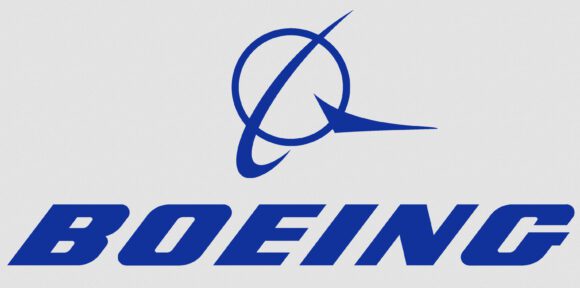
sunexpress
PR: SunExpress, a joint venture between Turkish Airlines and Lufthansa, and Vortex Control Technologies (VCT) announced SunExpress as its European launch customer for VCT’s proven Finlet technology which will reduce SunExpress’s carbon footprint for its Next-Generation Boeing 737-800 aircraft. VCT Finlets are a patented array of small “fins” strategically placed on the aircraft’s aft fuselage which modify airflow and reduce drag, which in turn decreases fuel consumption and carbon emissions while enhancing an aircraft’s range, climb performance and endurance.

VCT Finlets have so far been implemented on five of SunExpress’s 737-800 aircraft in phase one of the program and have been in service since May of this year. During phase two, up to twenty-five additional 737-800 aircraft are planned to be equipped with VCT Finlets, translating to annual savings of half million gallons of fuel, and preventing nearly 6 million kilograms (13 million pounds) of carbon emissions from being released into the atmosphere.
SunExpress Chief Operations Officer Cemil Sayar commented that “Our commitment to operational efficiency and sustainability encompasses every facet of our operations. This technology enables us to reduce fuel consumption while boosting overall performance, thereby extending an aircraft’s range, improving performance, and enhancing endurance. Our partnership with VCT underscores our dedication to being environmentally responsible through operational efficiency and sustainability initiatives that contributes to lowering our carbon footprint.”
“The certification of Finlets on the 737-700, 800 and 900ER is the culmination of over a decade long design effort involving wind tunnel testing, computational fluid dynamics, and comprehensive U.S. Air Force and FAA flight tests on the C-130, C-17 and 737NG aircraft,” said VCT’s Chief Executive Officer, Gil Morgan. “SunExpress is our first European partner in this endeavor, and we look forward to helping them achieve their operational and sustainability goals.”
Winglets that are common on 737NGs brought a 3% fuel burn savings. In 2012 we wrote that perhaps these devices might not be as effective as thought. But it was a technology that proved irresistible to airlines and OEMs. Airbus tried it with the A380, but it did not save the program. More recently we have seen good market reaction to active winglets from Tamarack.
Airlines relentlessly pursue fuel burn savings. With close to half their operating costs coming from fuel costs, the incentives are obvious.
The timing of VCT’s technology announcement is perfect. Airlines and lessors cannot get the new deliveries with optimal fuel burn. So older aircraft are going in for C and D checks. This would be a great opportunity to install Finlets and put back an aircraft that is probably paid for and now offers better fuel burn. Since those new deliveries aren’t coming soon, operators have the time to get ROI on the Finlets.
In fact, with backlogs stretching to 2030, the comments from the Airbus CEO today are apropos. Don’t get tied up standing in line for an airplane that will be outdated in five years. Upgrade and update what you operate now because it’s cheaper and far lower risk.
Views: 109




